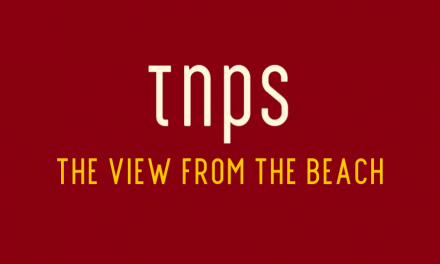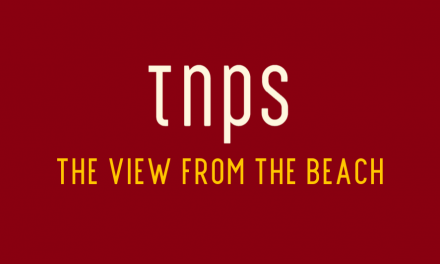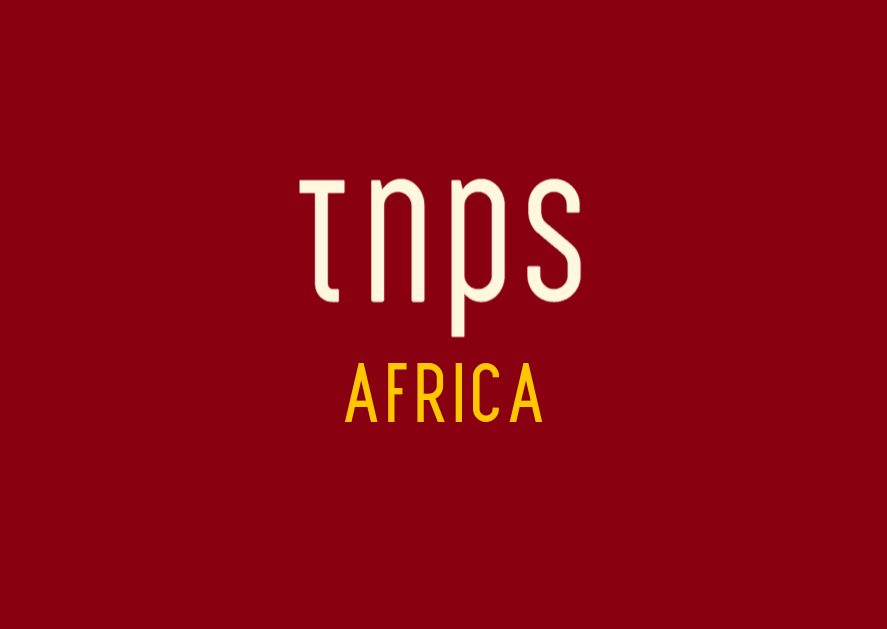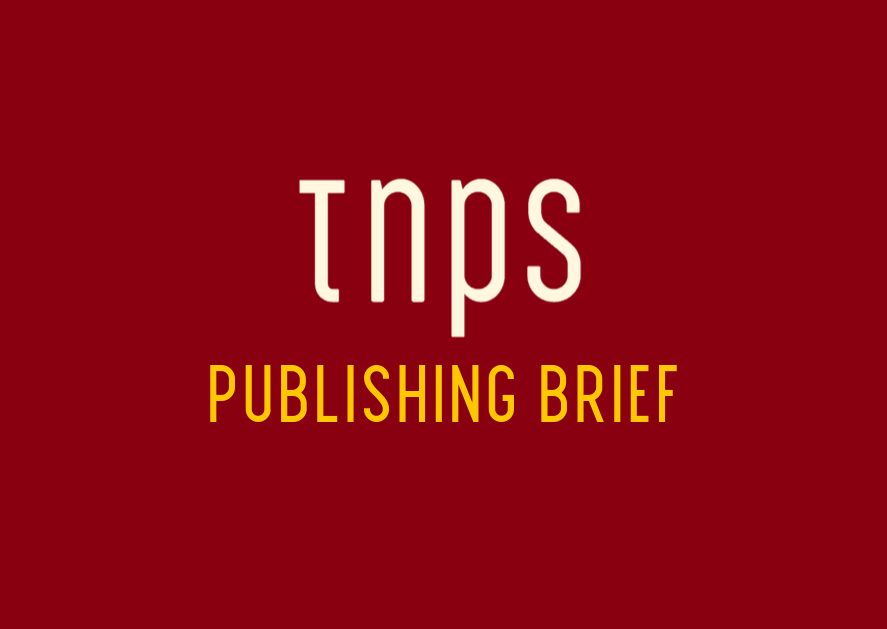When it comes to publishing, while everyone understands the value of data, few publishers look beyond their own industry data when making decisions.
And that perhaps in part explains why publishing has been so slow to grasp the global digital opportunity. Because publishing is so busy looking at what happened yesterday, and making judgment calls on historical date in its own sector, that it misses the bigger picture.
Take, for example, this chart from Hootsuite/We Are Social showing global mobile data consumption in recent years.

This is of course driven by video, but what is important here is the trajectory.
Who would have imagined, back in the pre-history that is 2013, just six years ago, that mobile data consumption would grow so fast?
Well, VOD operators, since you ask. It wasn’t by luck that Netflix and its many rivals just happened to roll-out a global network of VOD infrastructure and invest in globally targetted content, hoping that by some miracle demand for data would make it worthwhile.
VOD operators understand that digital is “the” global opportunity for content purveyors, and for the past half decade they have been making sure they are positioned to take full advantage.
Publishers? Well, with a handful of exceptions publishers are still treating digital as some sort of sideshow to the main business of selling printed books.
Not that there’s anything wrong with printed books, of course, but the very nature of the product delineates its limitations in the global markets.
Digital? Well, the problem here is often that publishers are too busy making decisions based on what happened lat year, such that they don’t see the bigger picture of where they might be next year if they tried something different.
That view is epitomised by discussions I’ve had recently with publishers in parts of Africa, East Europe and SE Asia who essentially said, “No-one is reading ebooks in this part of the world so there’s no point in digitising. It’s different in the US and UK.”
Well, yes and no. It’s different in that the US and UK are now proven digital markets with a high level of consumption of digital books.
But exactly how many people do they think were reading ebooks in the US before 2007? Or in the UK before 2010?
Those were the dates when the Kindle store launched in those countries, and while we can argue about the exact numbers there’s no question a vibrant ebook market now exists where, for all practical purposes, none existed before.
Obviously the muscle of the Kindle store helped make the ebook market happen, and the indifference of Amazon to the global book markets is unhelpful. (Amazon last launched a Kindle store in 2014.)
But the bottom line is, it takes two to tango. Ebook consumption depends on the availability of ebooks to consume. It’s a chicken and egg problem where the solution is lots of chickens and lots of eggs.
Too expensive? Hardly. It’s not like audio, where the cost of production means digitising is something not every publisher can afford to undertake.
With ebooks the production costs are negligible, the risks minimal, and the rewards will be coming in long after the print edition has been consigned to the remaindered bin.
For publishers in small markets the opportunity is there to expand reach both at home and abroad.
For publishers in mature markets the opportunity is there to sell globally on a scale unimaginable under the print-only model.
The future of publishing is a hybrid print and digital world where consumers have choice and where, in parts of the world where print isn’t viable, consumers have choices hitherto denied them.
VOD operators know that. They watch the data forecasts, the smartphone forecasts and the internet forecasts. They know that today’s 4.3 billion people online will be 6 billion by the middle of the next decade and 7.5 billion by 2030. And they are making plans now to take full advantage.
Publishers? Some are, of course. But far too many have yet to wake up and smell the coffee. Yet to understand that digital and print are complimentary, not mutually exclusive.






Very impressive